‘To meet our carbon removal target by 2050, we need 1,000 large plants!’

Jan Wurzbacher, co-CEO of Climeworks, explains how his company can have significant impact on the climate crisis.
Climeworks, a Zurich-based start-up specialises in carbon dioxide (CO2) removal from the atmosphere using direct air capture (DAC).
Its ambitions are audacious: it aims to remove one billion tonnes of CO2 per year – roughly 2.5% of current global annual emissions – by 2050. This means that on top of the CHF800 million ($970 million) in funding it has secured, the company and its partners would need to build 1,000 large plants, requiring an estimated CHF1-2 trillion in additional financing.
In an interview with SWI swissinfo.ch, Climeworks’ co-founder and co-CEO Jan Wurzbacher discusses the financial, operational, commercial and regulatory challenges in turning this ambition into reality.
SWI swissinfo.ch: Currently, about 40 billion tonnes of carbon dioxide (CO2) are emitted into the atmosphere a year. How much should be removed by direct air capture (DAC) annually to reach the target set by the Paris Agreement?
Jan Wurzbacher: Under the Paris Agreement, achieving net-zero emissions by 2050 is critical to limiting global warming to 1.5°C above pre-industrial levels. According to the United Nations’ Intergovernmental Panel on Climate Change (IPCC), net-zero emissions should primarily be achieved by reducing emissions by about 30 billion tonnes per year. The remaining ten billion tonnes per year, considered as “unavoidable” emissions (including those for instance from long-haul flights), must be removed from the atmosphere. Several nature-based and engineering-based methods can be employed for this purpose, with DAC being a significant option. While predicting a precise value for DAC in 2050 is difficult, a reasonable target is five billion tonnes per year.

SWI: What is your current CO2 removal capacity, and what are your objectives?
J.W.: Our first plant in Iceland has a capacity of 4,000 tonnes per year, and our second plant in the same country, inaugurated in May 2024, will have an installed capture capacity of approximately 30,000 tonnes per year once fully ramped up. Our future plant in Louisiana, in the United States, is planned for inauguration in late 2027 and is expected to capture 250,000 tonnes of CO2 per year in a first phase, expanding to one million tonnes per year in a subsequent phase.
Our goal is to capture one billion tonnes of CO2 per year by 2050, which is about 10% of the total carbon removal market and 20% of the DAC market. Unlike the software industry, where a winner-takes-all dynamic is often prevalent, the industrial nature of DAC suggests that several large players will coexist.
SWI: Is increasing your capacity to one billion tonnes by 2050 realistic?
J.W.: A large DAC plant can capture one million tonnes of CO₂ annually and requires an investment of $1-2 billion (CHF825 million-CHF1.65 billion). That’s comparable to a large power plant. To achieve our 2050 target, we need 1,000 such plants. From an industry scale-up perspective, this is feasible, given that there are currently 5,000 to 7,000 large power plants worldwide. However, our industry must overcome financial and operational challenges, secure suitable sites with cost-effective energy sources, and ensure sufficient market demand for carbon capture services. Stronger regulatory support, such as tax credits, carbon taxes and net-zero obligations, will be essential.
SWI: Given the importance of regulations to support the roll out of DAC projects, what will be the impact of Donald Trump’s presidency on Climeworks?
J.W.: Although we expect some impact, the simple answer is that we do not know at this stage. While on the one hand fewer incentives and obligations to remove CO2 are expected in the US market, on the other simplified regulations could facilitate the deployment of DAC projects.
The US market is important for us, but there is also growing momentum elsewhere, for example in Asia. We need to scale up to reduce our operating costs. Scaling up in a few countries would be enough for us to reach our target. By comparison, the solar panel industry has achieved significant cost reductions primarily due to policies in only three countries: Germany, Japan and Spain.
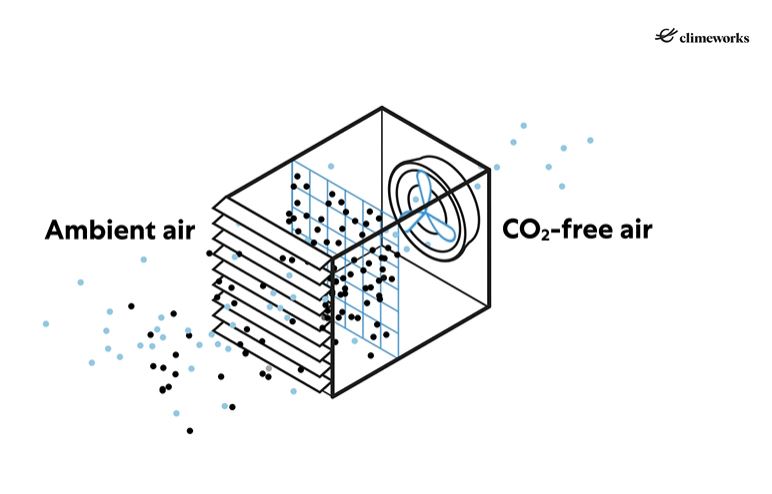
More
Explainer: How to remove and store CO2
SWI: What is your current cost for removing one tonne of CO2? Isn’t DAC inherently costly due to the low concentration of CO2 in the air?
J.W.: Our current unit cost is closer to $1,000 per tonne than to $100, which is, according to us, the lowest price we can achieve in the foreseeable future. Our costs also depend on how overhead and past R&D expenses are accounted for. However, we aim to reduce our current unit costs by a factor of two or three within the next decade. As the industry scales up to the gigaton scale, we expect the cost of DAC to decrease to a range of $100-250 per tonne.
SWI: What are the advantages of DAC compared to other methods to remove CO2 from the atmosphere?
J.W.: No single method is perfect; the most effective approach is to combine several methods. DAC, an engineering-based method, has several key advantages: it is highly scalable, offers high permanency (captured CO2 remains stored underground for millions of years), and allows precise measurement. Its main disadvantage today is its high cost, which is expected to fall significantly, mainly through economies of scale and technological improvements, but also through supply chain optimisation and access to cheaper and low-carbon energy sources.
Among nature-based methods, afforestation, the process of establishing a forest in an area where there was no forest before, is a key approach.
However, scaling is challenging due to limited land availability. The more this method is used, the more expensive it becomes as suitable land becomes scarcer. In addition, trees have a limited lifespan (typically around 50 years). It is also sometimes difficult to accurately measure the CO2 removed.

SWI: Who are your main competitors, and why have several DAC competing plants ceased operations?
J.W.: Today, Climeworks is the only company commercially operating DAC plants. However, new competitors are entering the field, and we anticipate the emergence of additional DAC facilities in the coming years. With CHF800 million in funding, we are also the best-capitalised company in this sector. Meanwhile, some competitors have exited the market, likely underestimating the technological and financial challenges involved.
SWI: How do you protect your innovations?
J.W.: We have filed numerous patents to ensure a strong IP (intellectual property) position. In addition, we protect our intellectual property through trade secrets, exclusive agreements with suppliers and industry partners, and extensive know-how within our workforce.
SWI: Currently, companies and individuals can purchase Climeworks CO2 removal services on a per-tonne basis and receive corresponding removal certificates. Does this make it difficult to sell large-scale projects? Is this business model ideal?
J.W.: This model has already attracted over 160 customers, including UBS, Swiss Re, BCG, Microsoft, JPMorgan Chase, Shopify, Stripe, H&M Group, and LEGO. Besides, in 2020, Climeworks was selected as one of the “Technology Pioneers” by the World Economic Forum (WEF), allowing us to attend their annual meetings in Davos. This significantly expanded our network, including connections with potential customers. However, both more favourable regulations and a clearer understanding of carbon removal solutions among clients are necessary to accelerate our commercial development.
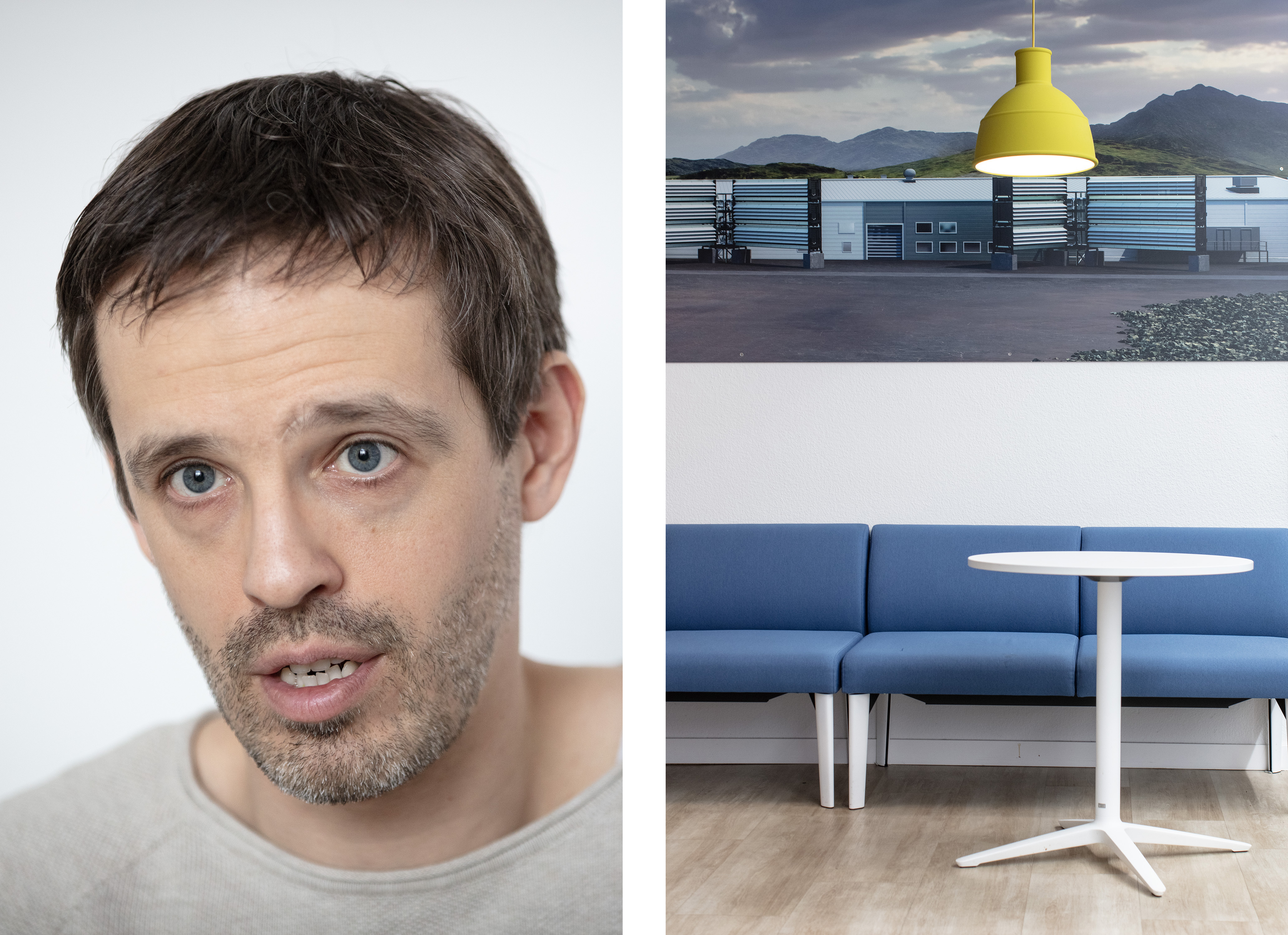
SWI: Are there other services you can sell to clients, such as helping them understand the market?
J.W.: To help customers make their decisions, we now offer a broader commercial approach. Rather than simply promoting our own DAC solutions, we provide an analysis of our customers’ needs and offer a portfolio of high-quality carbon removal solutions, both engineered and nature-based. This approach helps customers navigate the complexities of the emerging carbon removal market while leveraging our expertise and partnerships.
SWI: Since your launch in 2009, you have raised CHF800 million in several rounds of funding with investors. Is this amount in the form of liquid equity, in the form of conditional loans or staged equity tranches which would increase financing risks for Climeworks?
J.W.: We have received the full CHF800 million as liquid capital.
SWI: What is the main motivation of your investors?
J.W.: We are a commercial enterprise, not a charity or nonprofit. Our goal is to scale and achieve high profitability in line with investor expectations. Given the nature of industrial projects, our investors take a strategic, long-term approach.
SWI: If you need to build 1,000 plants at a cost of $1-2 billion each, you will need to raise significantly more money.
J.W.: Indeed, but we are unlikely to build all the plants ourselves. We are also considering licensing our technology to large industrial companies that would take on the construction and financing burden. Alternatively, we could focus on designing and manufacturing key components, machinery or equipment to supply to these companies.
SWI: When do you anticipate reaching profitability?
J.W.: Our goal is to achieve profitability, covering all overheads but excluding prior investments, by 2030. Reaching profitability early will enable us to scale more rapidly.
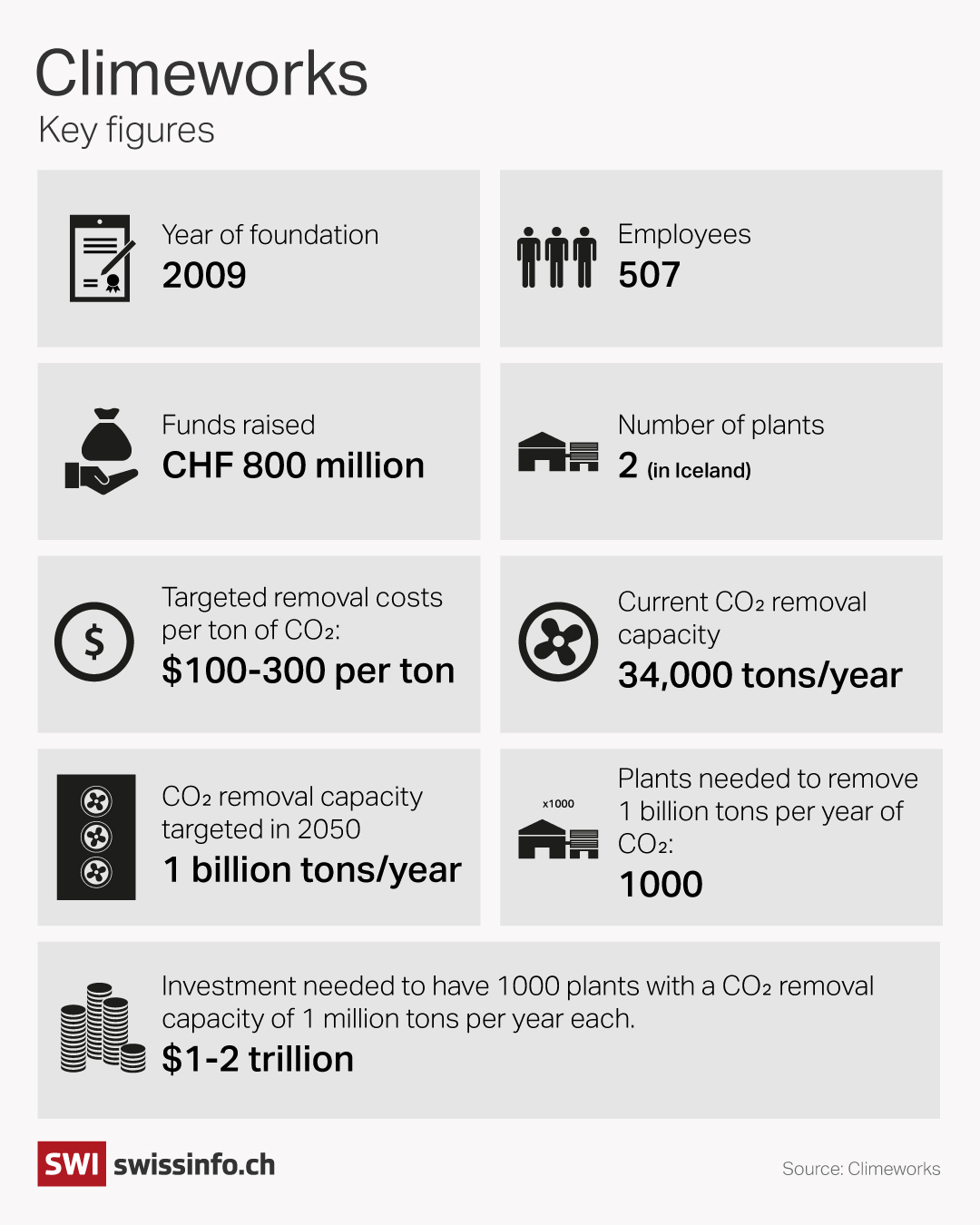
Edited by Virginie Mangin/ts

In compliance with the JTI standards
More: SWI swissinfo.ch certified by the Journalism Trust Initiative



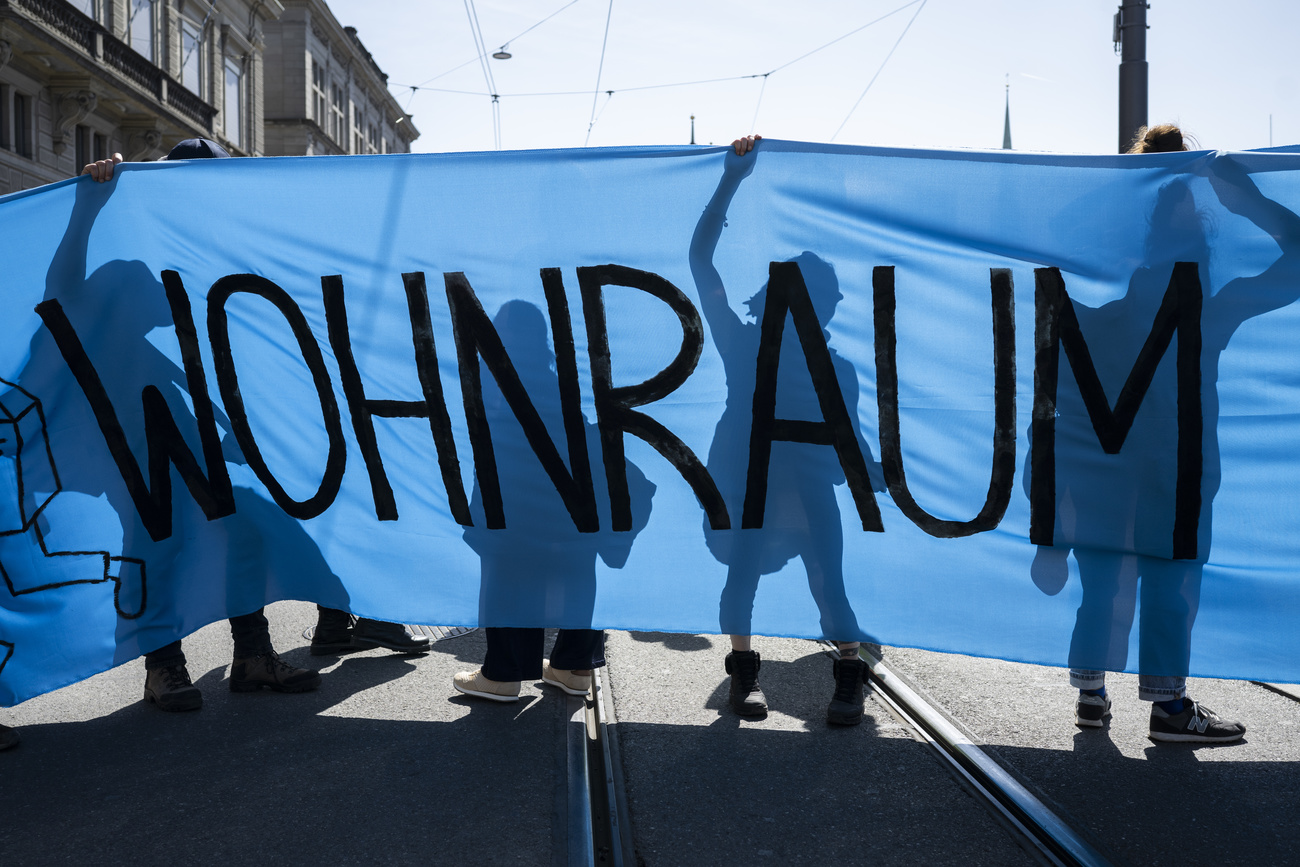

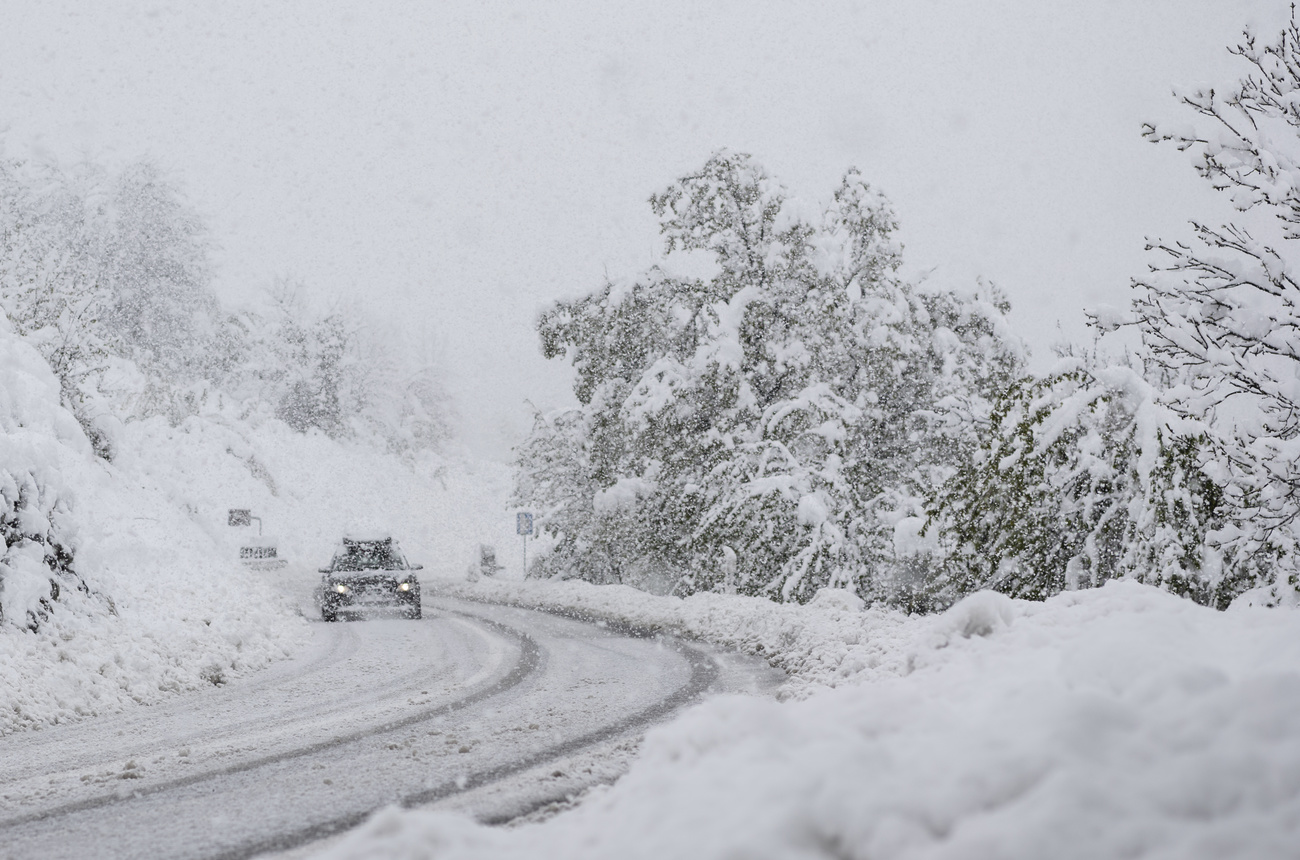



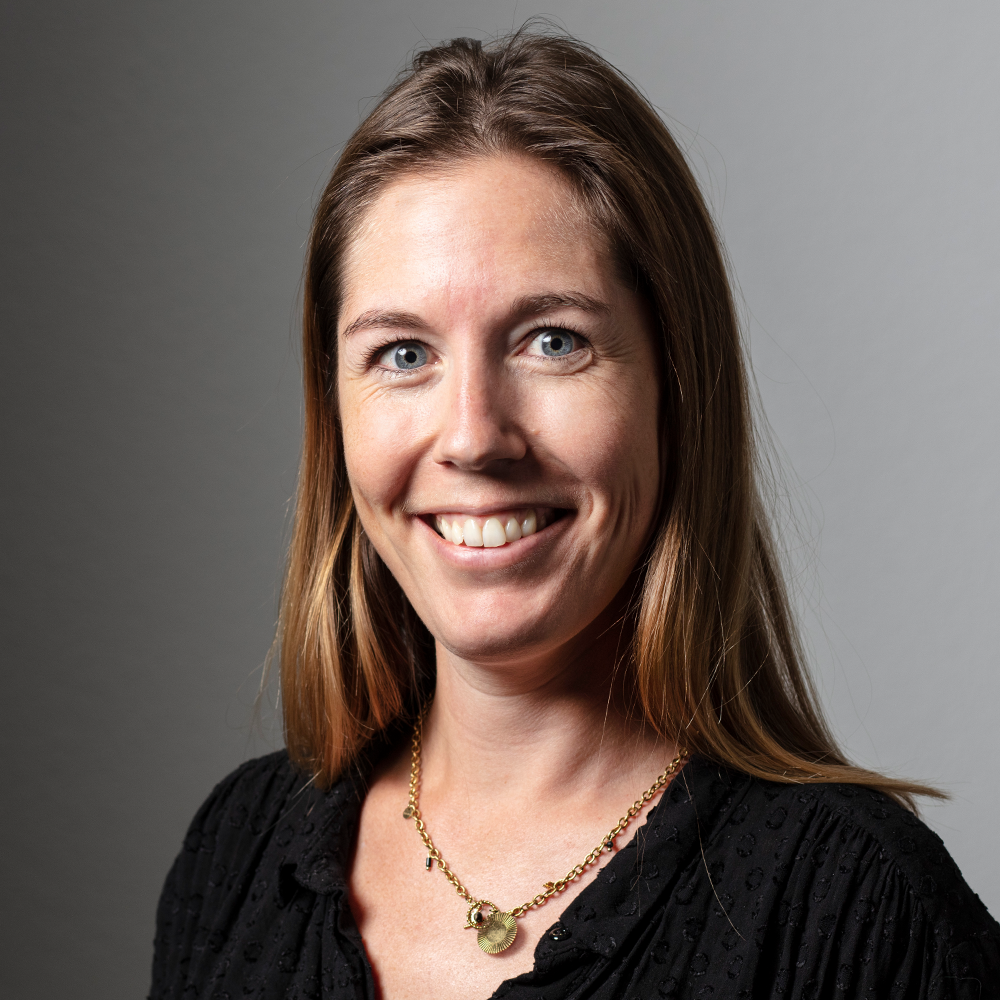

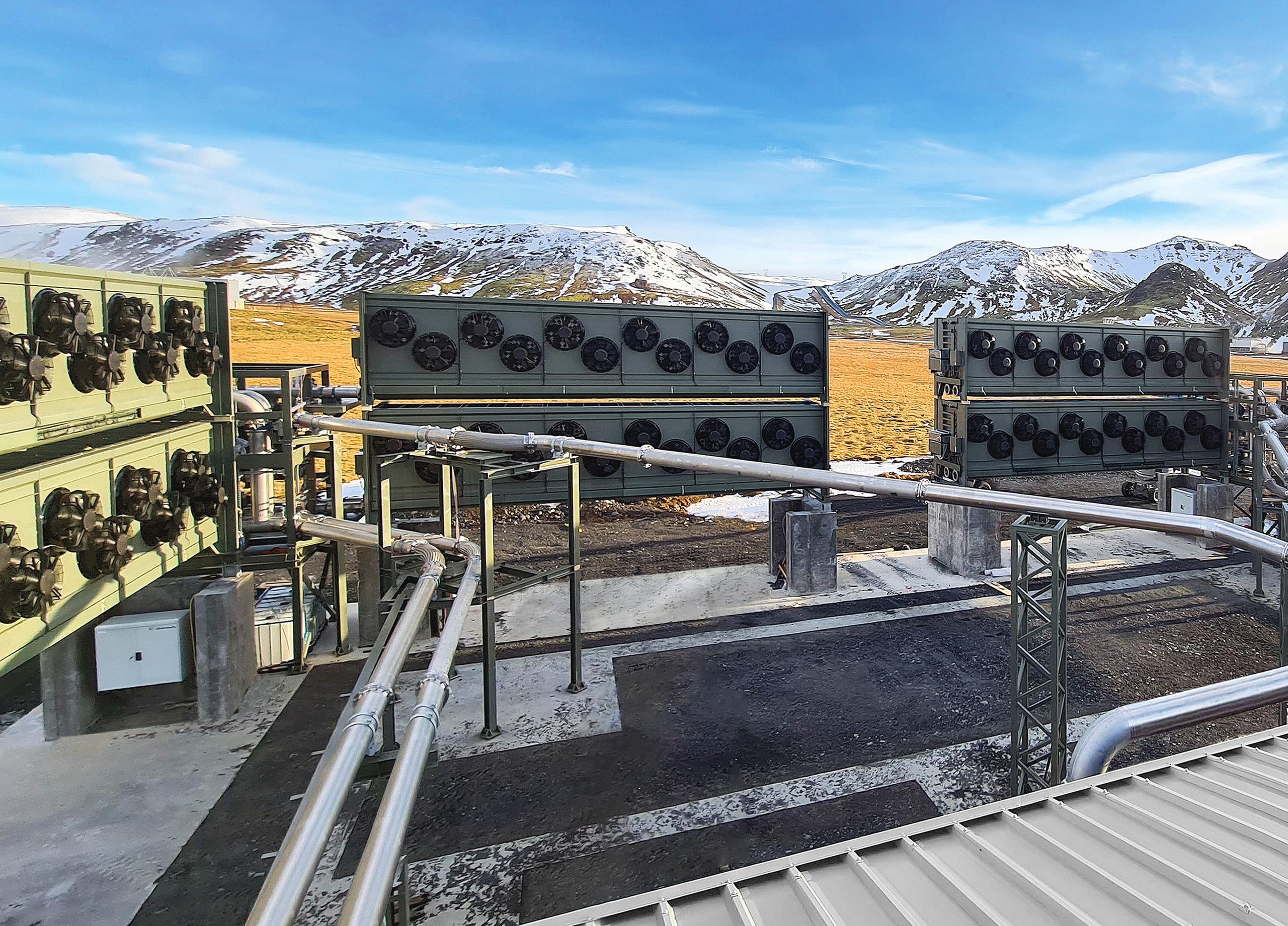

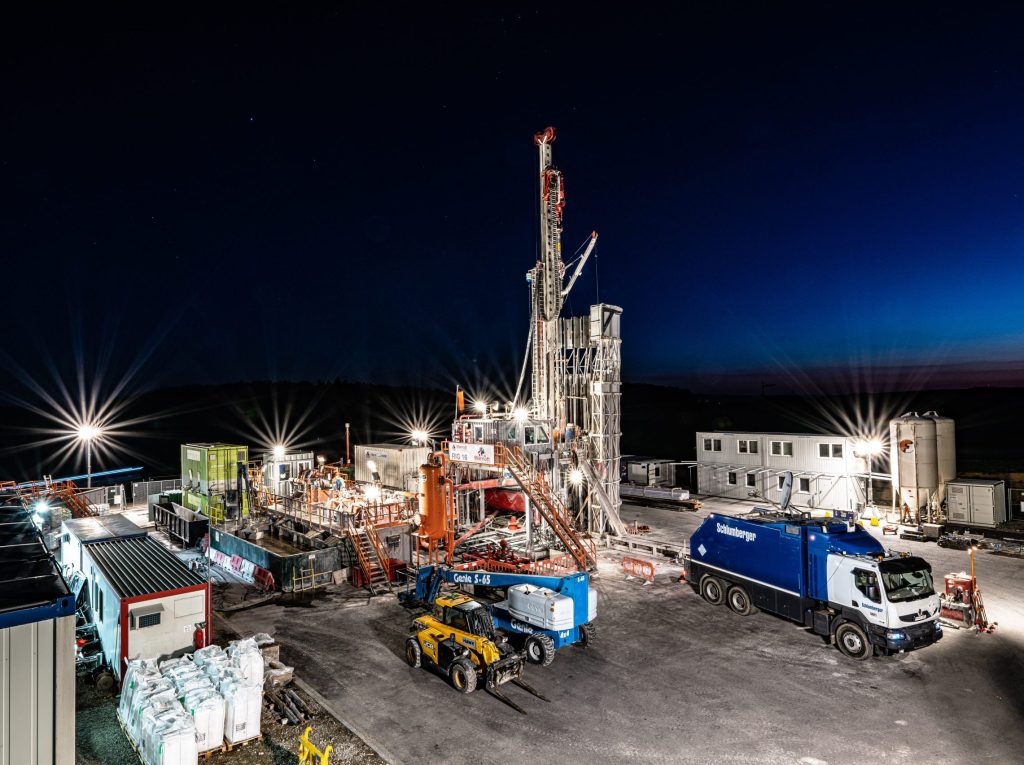
You can find an overview of ongoing debates with our journalists here . Please join us!
If you want to start a conversation about a topic raised in this article or want to report factual errors, email us at english@swissinfo.ch.